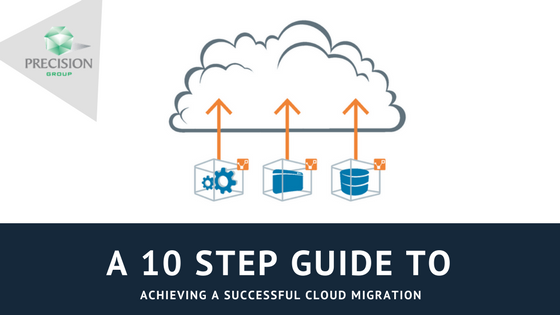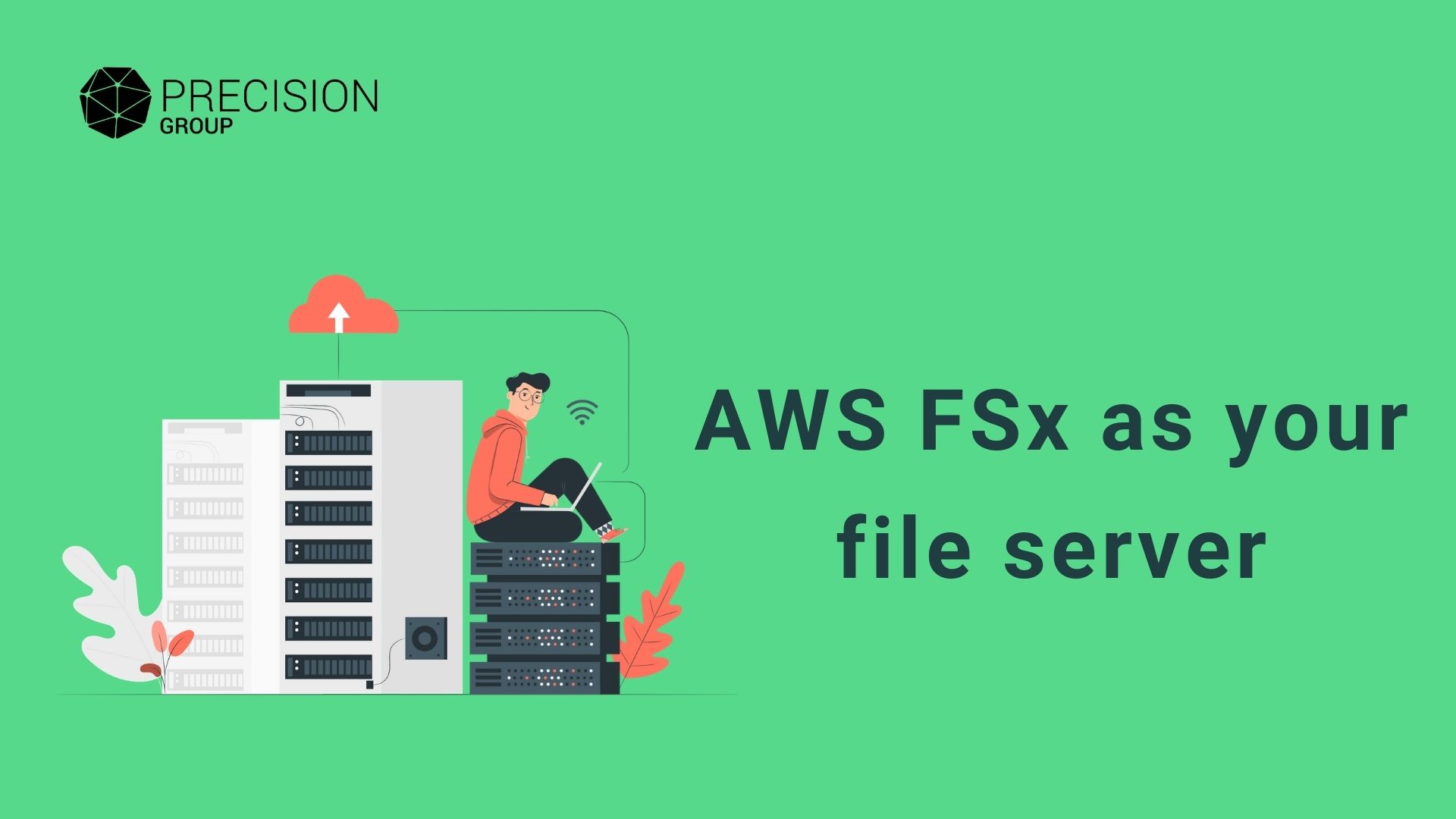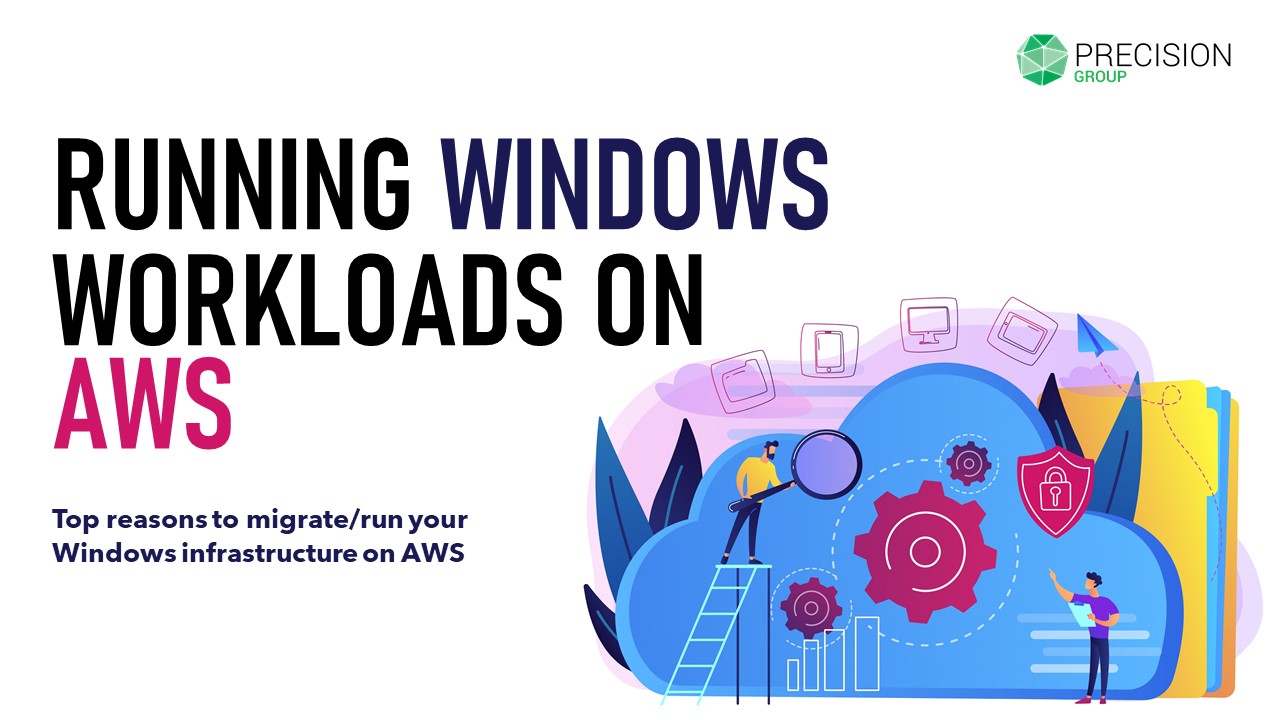A 10 STEP GUIDE TO ACHIEVING A SUCCESSFUL CLOUD MIGRATION
Contemplating moving your IT infrastructure to the cloud? Wondering how to go about it? While your business could benefit significantly from a move to the cloud,it has to be done
right to ensure that the performance, efficiency and cost outcomes are met. Read this 10 step guide that provides the key phases and activities in the process, to ensure a successful migration.
So here goes:
1. Define why you want to move your infrastructure to the cloud
Is it cost efficiency? Is it scalability? Is performance the key factor? Or is your existing infrastructure getting a bit old and needs a refresh? Improved availability? What are the advantages a move to the cloud could offer you? These are the key questions to find answers for first. Documenting the reasons and discussing these with an experienced Service Provider could help you determine whether it is the right time to consider a cloud implementation.
2. Environment understanding: The applications, connectivity requirements and business needs
Generally, this and the following steps would be better accomplished by engaging the services of a Service Provider who could provide unbiased and sound advice.
This step entails assessing the existing infrastructure and overall application, data storage, security and operational aspects as-is and seeing how they tie in with the demands of the business.
3. Business Needs analysis and specific application requirements
This is a phase wherein a thorough needs assessment is performed with a view on the applications that the organization is running, the performance needs vis-à-vis compute power, concurrent users, network bandwidth requirements, data storage needs and various other factors.
Additionally the business needs are also to be carefully considered both from a scalability and user experience perspectives. This phase would also involve understanding cost metrics and efficiency target factors. The outcome of these assessments would help determine the right architecture to adopt.
4. Multi-cloud evaluation and determination of best fit solution
Next would be a detailed comparison of various cloud platforms available with respect to the desired architecture, the specific parameters and determination of which would fit the needs in the most optimal manner.
5. Proof of Concept with integrated cloud services
Rolling out a Proof of Concept implementation with integrated cloud services would help validate the assessments and architecture and would also help uncover any gaps that would need to be addressed before moving ahead with a complete migration. This is the phase during which further optimization of the design could be performed.
6. Migration to the cloud
A seamless migration of the workloads and the data would need to be performed. An ideal method to adopt would be to use Dev-Ops based automated deployment so that the migration is comprehensive and all niggles are taken care of while keeping the services downtime to a minimal level.
7. Proactive cloud services monitoring
No, the migration is not complete yet! It would be important to monitor the cloud services to ensure that the cloud infrastructure is running well and is delivering the desired results. Proactive monitoring tools such as Precision’s InsTIL CLM could come in of good use at this stage to reduce the manual effort to a great extent and to ensure that the services are being watched all the time.
8. Enablement of audit logs and periodic reviews
Audit logs provide very useful insights over time and enabling these logs at the beginning followed by a thorough, periodic review with necessary action as determined would be very important to ensuring that the applications are running as they should and that users are getting what they need.
9. Monthly evaluation of cloud service utilization and cost optimization
A software tool based evaluation of cloud utilization would help determine whether cost structures could be tweaked so that one doesn’t end up paying more than one should for the services availed.
10. Disaster Recovery drill with published documentation
What if there were an outage? How quickly could the services be recovered? What are the recovery points with respect to the data? Answers to these questions would go a long way in ensuring continuity. A half-yearly ‘disaster-recovery’ drill, running through a published checklist document, would help identify potential gaps that need to be addressed so that one is well prepared in the unlikely event of an actual outage!
These are the 10 steps that would help achieve a successful migration to the cloud. Should you be thinking of a move to the cloud, do speak to us to understand how we can be of assistance.












